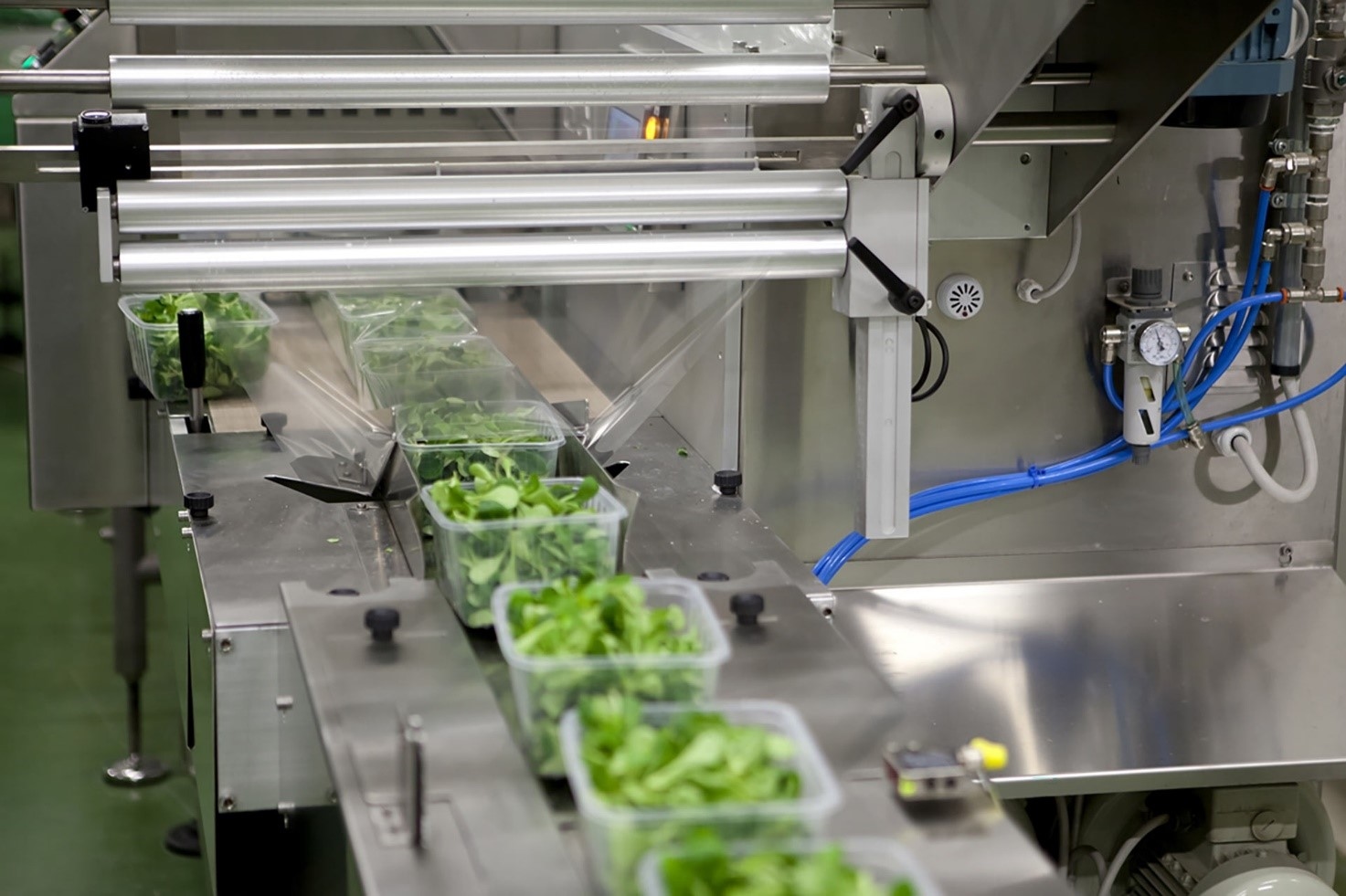
Challenges and Solutions in the Age of Eco-Responsible Food Packaging.
The food packaging industry is undergoing a radical transformation, driven by the growing demand for
In the food industry, the preservation and presentation of meat and fish products require innovative and reliable packaging solutions. Meat and fish packaging machines represent the advanced frontier of packaging technology, offering tailored solutions to meet the specific needs of freshness, hygiene and visual appeal of products.
These machines are designed to ensure maximum efficiency and quality of packaging, preserving the integrity and freshness of products. Key features include:
Selecting the right packaging machine requires careful evaluation of several factors, including product specifications, expected production volume, and space requirements. It is also important to consider the ease of maintaining and cleaning the equipment, as well as the availability of technical support and spare parts.
Packaging machines for meat and fish are indispensable tools for producers who wish to maintain high standards of quality and freshness of their products. Investing in advanced packaging technologies means not only optimizing production processes, but also responding effectively to the expectations of modern consumers, who are increasingly attentive to quality and food safety.
Per saperne di più


The food packaging industry is undergoing a radical transformation, driven by the growing demand for

In an era when consumer awareness and market needs are evolving rapidly, food packaging optimization

In the fruit and vegetable sector, packaging efficiency and quality play a crucial role in